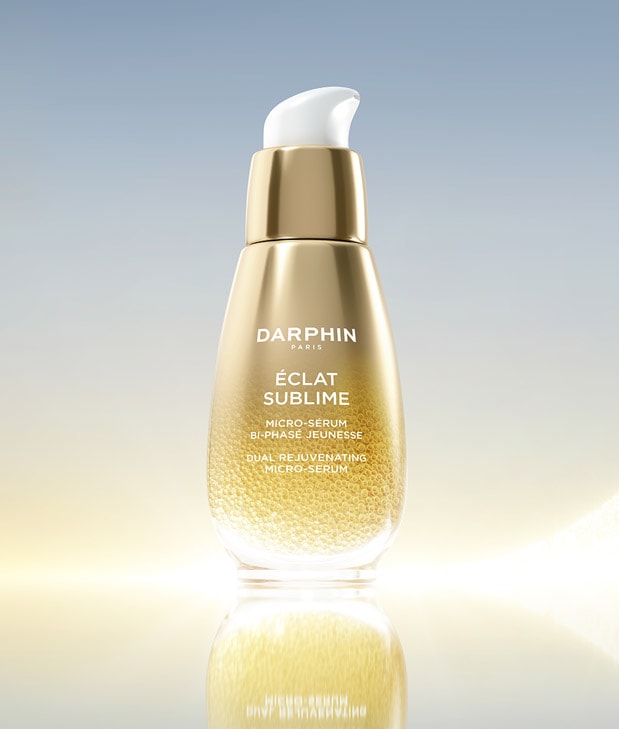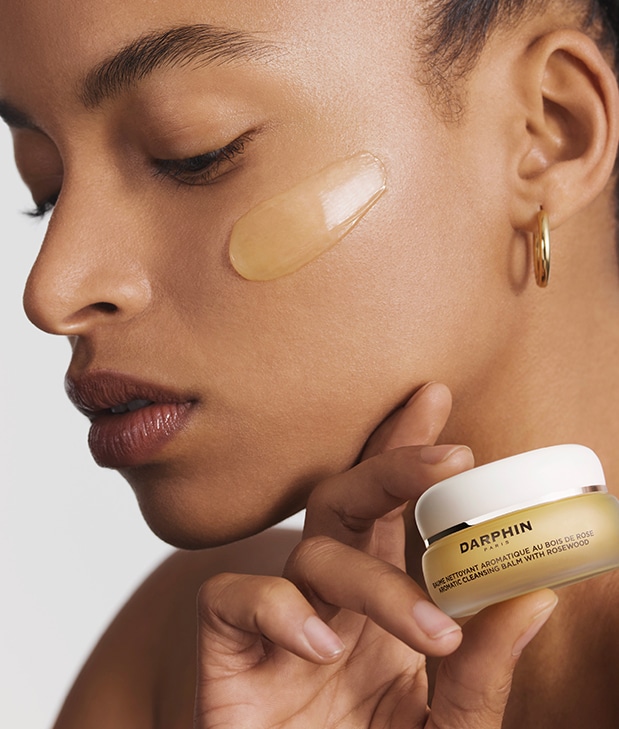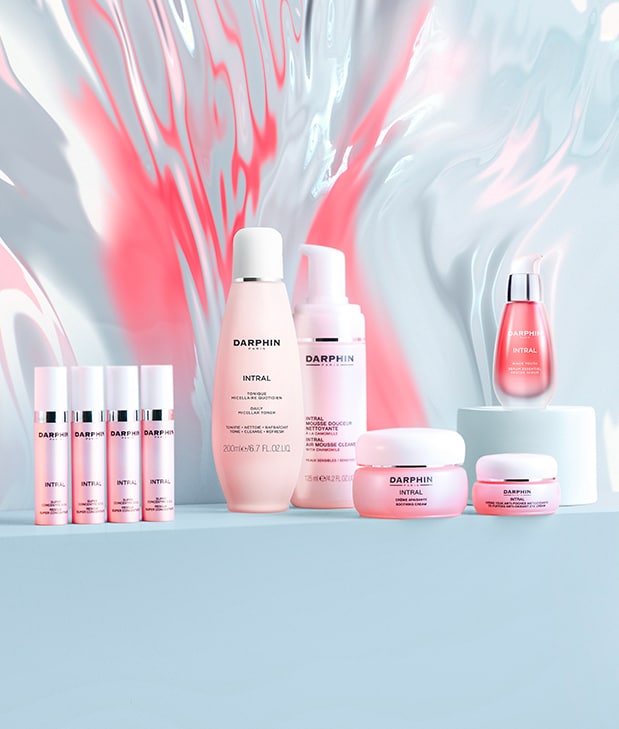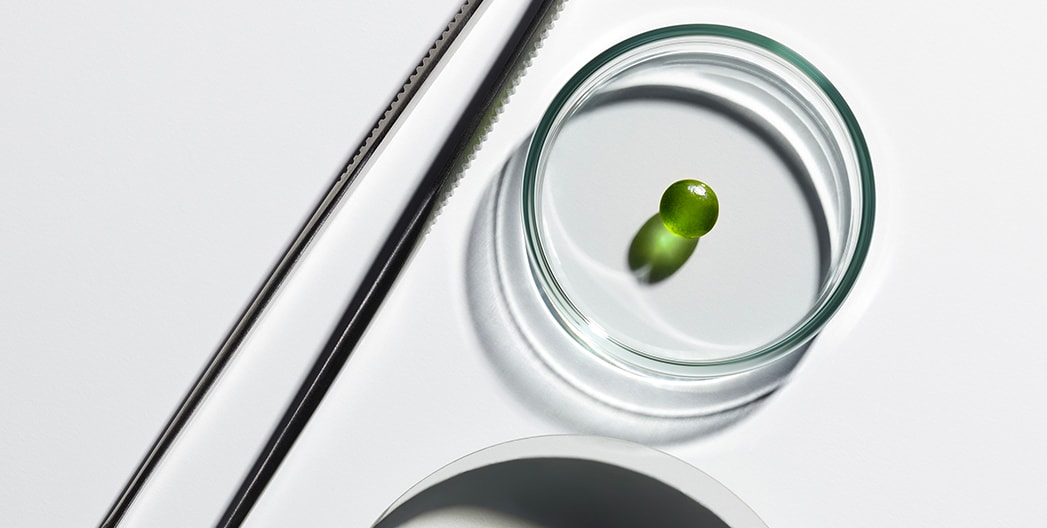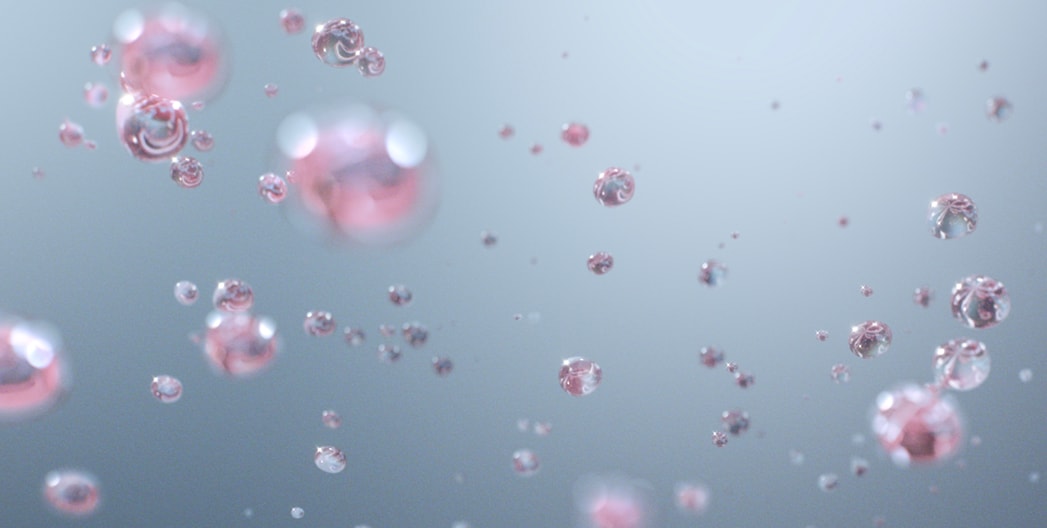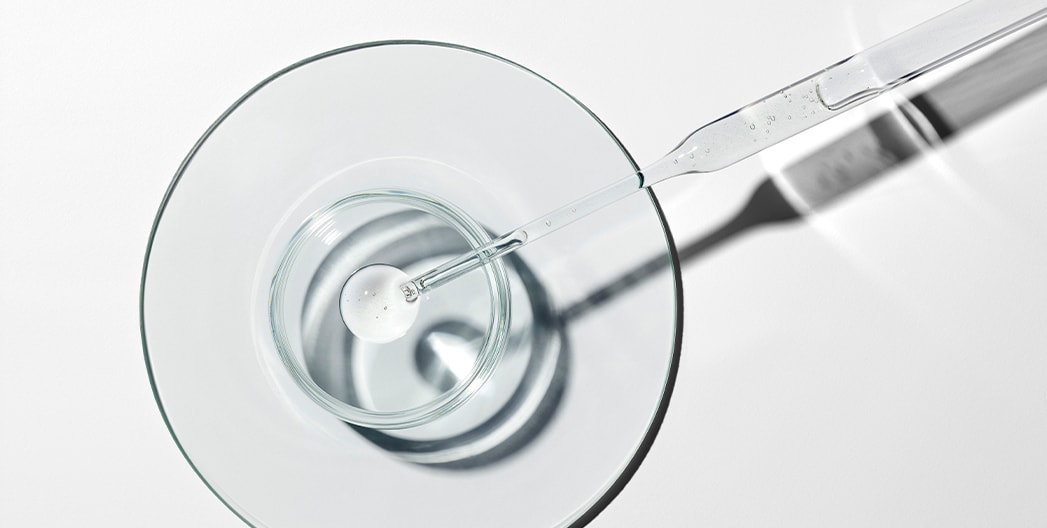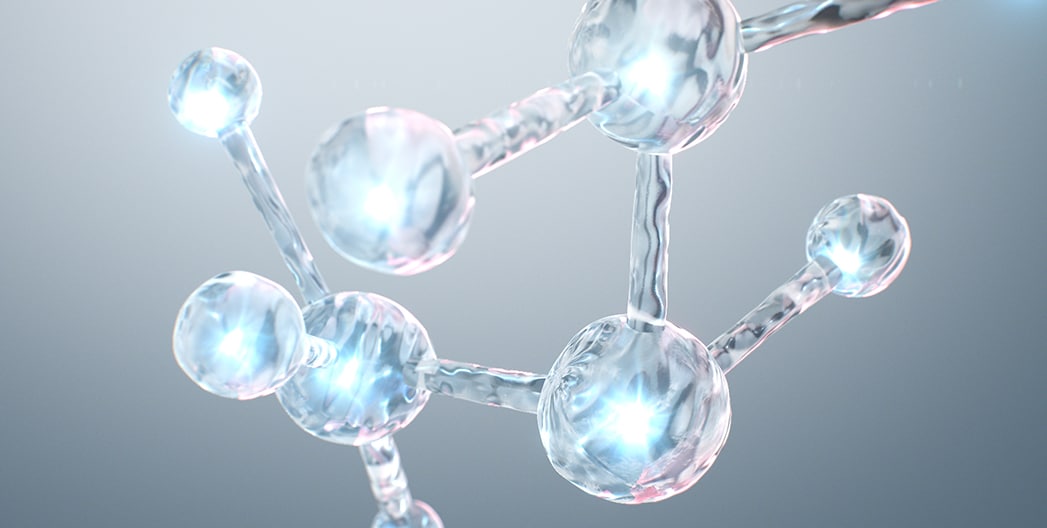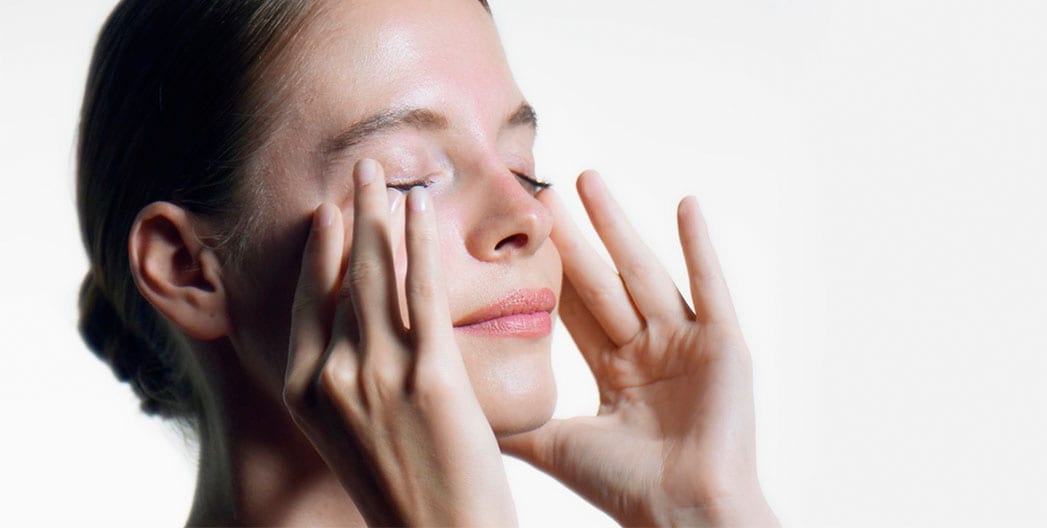Oily skin : 5 skincare tips
The causes of oily skin include genetic, environmental and lifestyle factors. Changes in hormone levels can also cause oily skin which can, in turn, lead to imperfections and shiny, lacklustre skin. This tends to affect the forehead, nose and chin on the face and back and shoulders on the body as these areas have many sebaceous glands.
What does oily skin look like?
Oily skin over-produces sebum, a greasy, waxy substance produced by the skin’s sebaceous glands.
If oil on the skin is visible, the skin can appear shiny especially on the forehead, nose and chin. Known as the T-zone, this area of the face has more sebaceous glands than the cheeks.
Oily skin types are often thicker than dry skin. Pores can be visible and dilated as they open up to try and help release the excess oil being produced.
As sebum traps dirt and other impurities on the face, oily skin can appear dull and pores can become clogged easily.
What causes oily skin ?
Oily skin is usually caused by hormonal fluctuations. As such, we are more likely to experience oily skin when our bodies are going through hormonal changes, such as puberty or the transition into menopause.
We also tend to have oilier skin in hot, humid climates. Consequently, we are likely to have more oil on our skin during the summer than we would in autumn or winter.
Oily skin can also be a reaction to sun exposure. As skin exposed to sun becomes dryer and thicker, it may react by producing more sebum.
How do you clean and hydrate oily skin?
Adapting your skin care routine can help you manage oily skin and reduce imperfections.
Cleanse the skin gently.
Above all, avoid harsh cleansing products that contain alcohol as these can increase sebum production. Darphin’s Aromatic Cleansing Balm uses natural ingredients to gently lift makeup and impurities. As well as helping to melt everything clogging your pores (dirt, grime, pollution, and sunscreen) the skin’s oil production, it’s honey-like texture doesn’t strip the skin of moisture.
Don’t over-clean the skin.
Cleaning the skin too much, or using soap-like cleansers may cause the skin to produce more sebum. Gentle cleansing helps to prevent overproduction of oil in the sebaceous glands.
Exfoliate regularly.
Exfoliation helps rid the skin of impurities and excess oil that can build up and clog pores. Our L’institut Youth Resurfacing Peel uses skin-renewing, natural botanicals to brighten, remove impurities and refine the texture of skin.
Use masks to absorb excess sebum.
Using a mask treatment at least once a week can help gently draw out oils and cleanse pores. Darphin’s Skin Mat Purifying Aromatic Clay Mask purifies and absorbs excess oil to reveal a glowing, radiant looking complexion with less noticeable pores.
Avoid touching your face.
Oily skin is prone to impurities and can become infected easily. Avoid touching the skin on your face if you can or, if you do so, wash your hands first.
